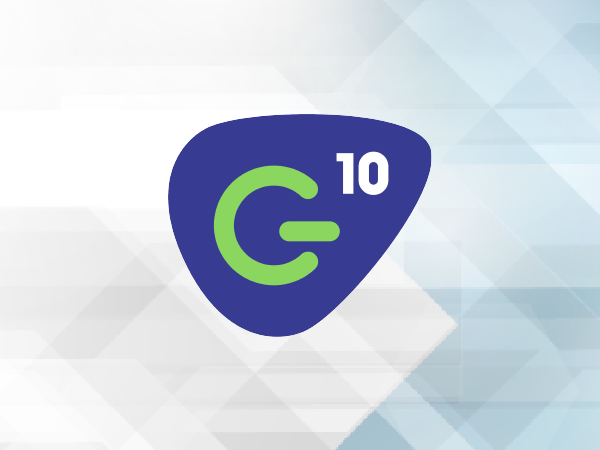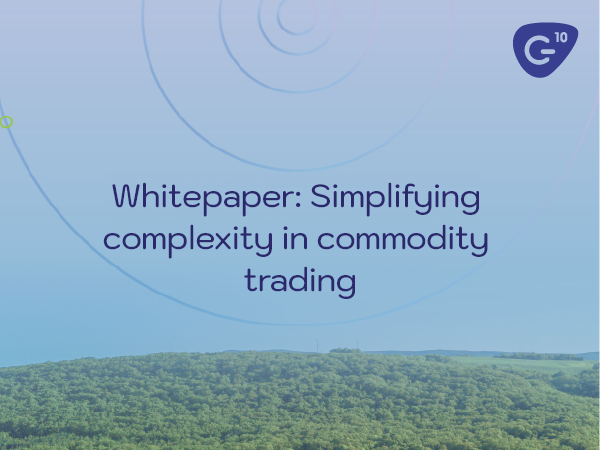Brighann Cotton provide a range of cotton services across ginning, warehousing, shipping and marketing. From a successful background in Australian farming, the company expanded its reach and added offices in the USA and China to better serve its client base and is now a global merchant of high-quality cotton.
We sat down with Ben Carrigan from Brighann Cotton to discuss why the organisation recently selected Gen10’s CommOS commodity management system, and the impact the system has had on the business so far.
Pressed for time? Check out the full transcript below:
First of all, could you give us a quick background on Brighann Cotton, and why you decided to look for a new commodity management system?
We’re an Australian-based cotton merchant operating around the world. Our family of farmers owns a farming business, a ginning and warehousing business, and then added on through vertical integration, a cotton trading business which was solely focused on Australian cotton at the outset. But now we’re trading in different grades globally around the world.
Why we were looking for a new system: our business has grown from fully being Australian. Now we are in different markets and all those markets have different needs. The complexity of what we’re doing has increased a lot and we were looking for a system where we can get our commodity trading, our inventory, logistics and a portion of our accounting all done in one system. From an integration to save time, but also from a risk management perspective so everyone has an overview of the whole supply chain.
How did you research your commodity management options?
We looked at a lot of different options that are available as CTRM programs, and the best way was actually word of mouth. We had an introduction to Gen10 and we reached out from there and had some presentations.
Why did you choose Gen10?
We liked the system. It’s been set up for a while, and having a cotton background was the initial side of it. Just they understand the workflows with cotton and the bale identification numbers and follow all that. We thought the system was very well laid out, but the specifics for cotton was what really attracted us.
Thinking about the implementation project, what has it been like working with the Gen10 team?
It’s been a really good process. We’ve been able to come forward with the challenges we’ve had with our existing systems, but also what has been working, and just trying to present the problem and find a way to solve that. And not just relying on an off the shelf product, but being able to adapt it to our business and what we were seeking.
I understand you need different system processes for Brazilian and Australian cotton. Could you explain how you and the Gen10 team have been working together to set these up?
Yes, we sat down and just went through the whole workflow process. So, the information that we’re provided in both countries, then the workflow to move that through and the system requirements. But also how we can cut out as many processes as we can to make efficiencies on data uploads the way it’s presented to us from the farmer.
Overall, it’s a similar system, but there’s a lot of different intricacies in each country about how the process is done. It’s just been about trying to align those and keep it very simple, but also maintaining full control of the supply chain.
What difference has CommOS made to your business?
We were entering transactions across multiple different levels, so the same data was getting entered potentially three or four times. We’ve tried to really streamline that into one central source of data and then be able to build out different workflows off that. But also having all of our risk management in one spot so we’re not relying on spreadsheets for different people to be able to access. We can all view the entire process in one location, one system.
Final question, do you have any advice for others thinking about upgrading their commodity management systems?
Yes, I think it’s a really good time. The systems have come, and the code behind these systems, has come a long way in the last four or five years. So, for us personally, we’ve been using the same system for over a decade and we’ve picked a really good moment to come in where we are now cloud based. And being able to bring anyone in around the world on it. I can be connected to a full system and that’s a really good opportunity for us.
Want to read more?
Subscribe now for monthly updates
By submitting your details you agree that we can store your data and communicate with you. You can opt out of these communications at any time. Read all in our Privacy Policy.



